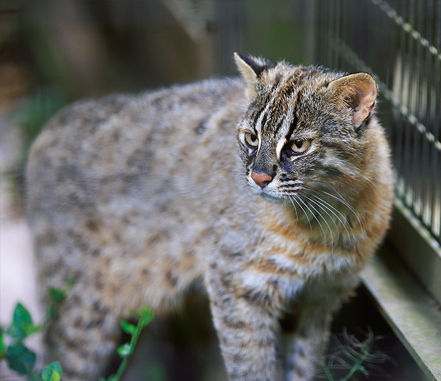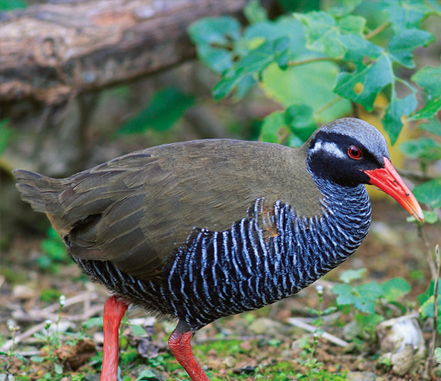【CONTENTS】Ministry of the Environment Rare Species Conservation

By decree of the Ministry of the Environment, among the wildlife native to Japan that are in danger of extinction, those species (or subspecies or variety) that have been determined to have been affected by humans to an extent that interferes with their survival, have been designated national endangered species under the Law for the Conservation of Endangered Species of Wild Flora and Fauna. Trapping, selling, and unauthorized transactions involving designated national endangered species is prohibited. With regard to those species where it has been determined their population will not stop declining with that measure alone, along with other ministries, we are able to develop protection and propagation project programs, protect and maintain their habitats, and promote breeding measures. In some cases, we can work in cooperation with zoos and other facilities to promote ex-situ conservation and other measures to propagate their populations outside their natural habitats. As of January 2023, of the 442 designated national endangered species of wild flora and fauna, 56 protection and breeding projects plans have been implemented for 75 species. Conservation of endangered species is being promoted throughout Japan.

Callianthemum hondoense
This alpine plant is being affected by global warming. The Callianthemum hondoense is an endemic species in the Southern Alps and an endangered species. It is a Type II (VU) endangered species.

Tsushima Leopard Cat
Along with the Iriomote cat, the Tsushima Leopard Cat has been designated a Type IA (CR) endangered species, and they are considered the most critically endangered feline mammals. Currently, at the Tsushima Wildlife Conservation Center in Tsushima City in Nagasaki Prefecture, the Ministry of the Environment is involved in breeding them with the aim of reintroducing them into the wild.

Okinawa Rail
This flightless bird is only found in the Yambaru region of Okinawa, which is in the north of the island and was designated as a world heritage site in 2021. It is, of course, a Type IA (CR) endangered species. The Ministry of the Environment continues to conduct conservation activities, mainly at the Yambaru Wildlife Conservation Center, Ufugi Nature Museum.

Central Alps Rock Ptarmigan Project
In the Central Alps, the Rock Ptarmigan was thought to have died out in the 1960s, but in 2018, roughly 50 years later, the existence of a single female Rock Ptarmigan was confirmed. The results of DNA analysis showed that she had flown from the Norikura Mountains and the Northern Alps, and in 2020 the Ministry of the Environment began a full-scale repopulation project. Through efforts such as transplanting individual birds, in-situ conservation, and reintroduction to the wild, the number of Rock Ptarmigan increased to about 80 by the spring of 2023.